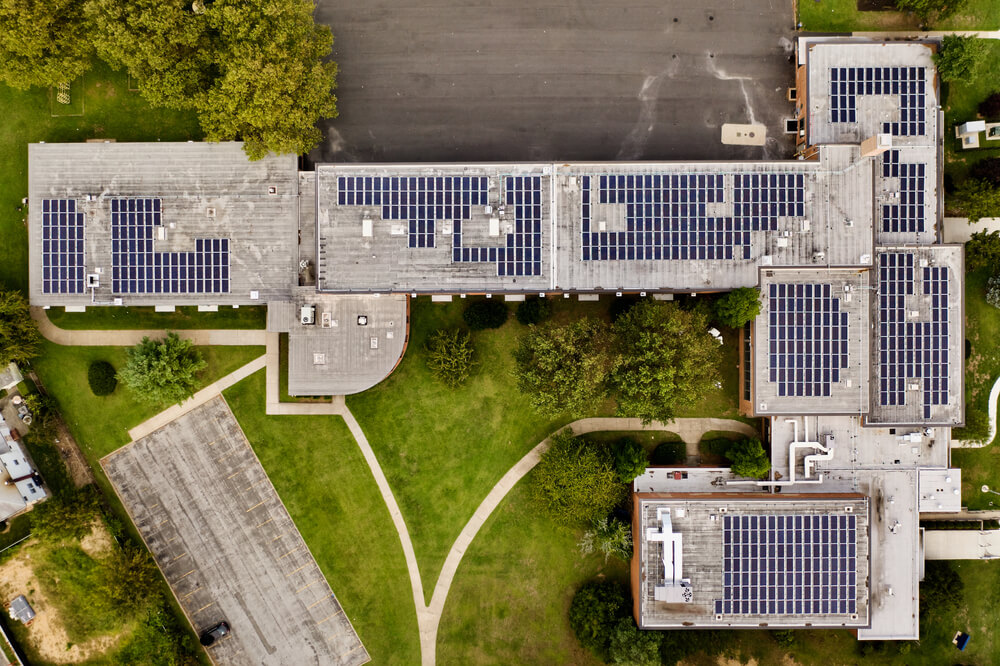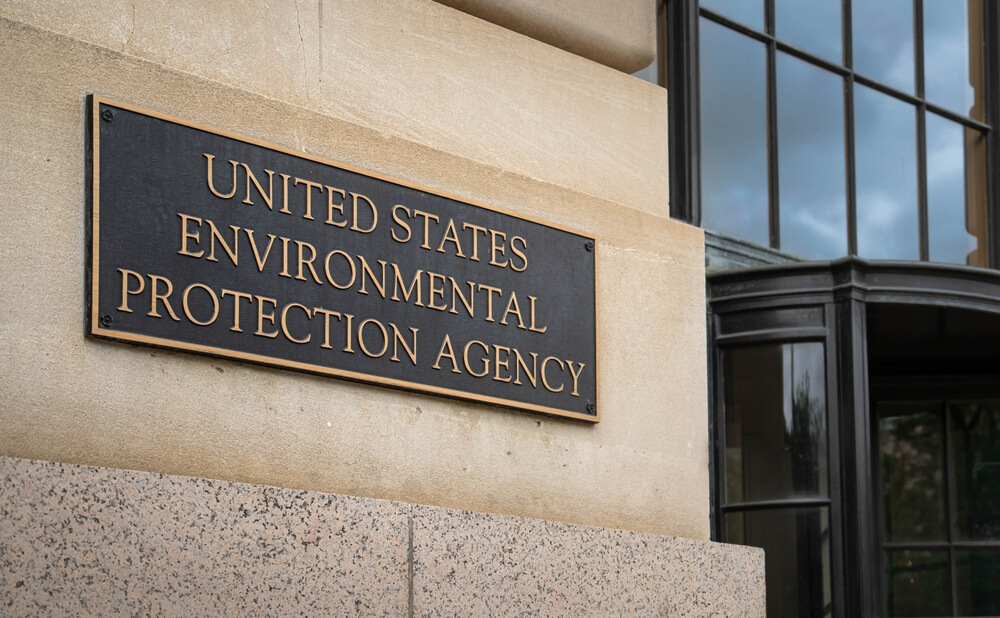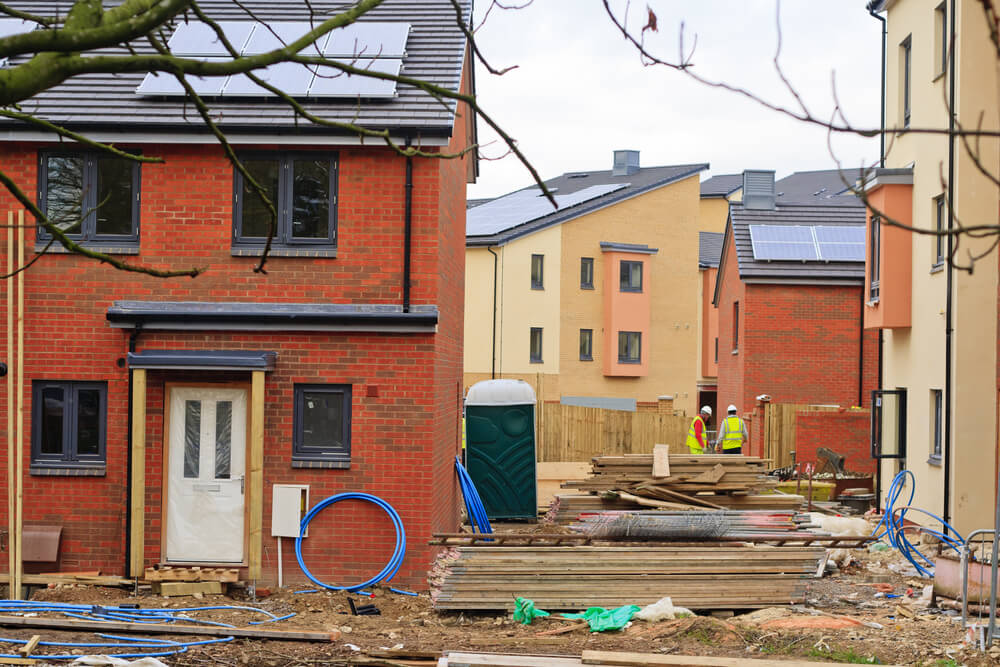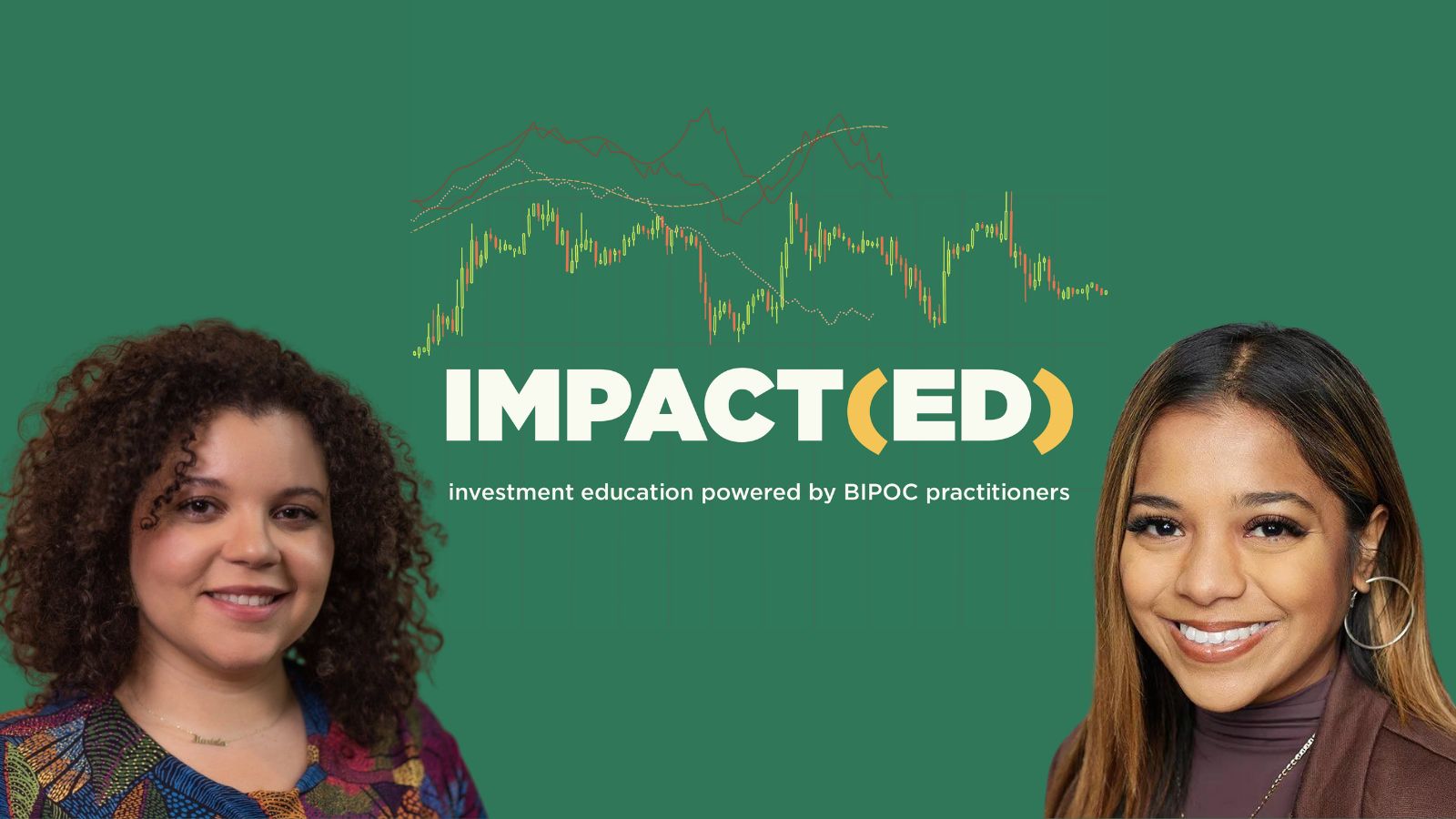ImpactAlpha, Aug. 18 – The Inflation Reduction Act, sprung from the seeming dead just three weeks ago, sprinted into law almost as fast as a Ford F-150 Lightning can go from 0-60 miles per hour (if you can get your hands on one, that is).
Details of the bill, with $369 billion in climate and energy-related investments, are still coming into focus.
One of the murkier provisions is the Greenhouse Gas Reduction Fund, a $27 billion “green bank” facility overseen by the Environmental Protection Agency. The fund will channel capital to hard-to-finance decarbonization efforts, particularly in low-income communities, with an eye toward leveraging private capital. The opportunity has wheels spinning within the community finance sector, which is beginning to mobilize for inclusion. They point to plenty of existing green lending programs that, with a little help, could scale.
One example is Accion Opportunity Fund’s loan program for independent truckers. The nonprofit fund created the program a decade ago after California tightened its emissions standards and truck drivers were faced with expensive upgrades to their rigs. The fund has helped thousands of individual owner-operators reduce emissions and stay in business.
Capital Good Fund, a Rhode Island-based CDFI, makes loans for energy-efficiency upgrades, like insulation, heat pumps, and windows, to borrowers who wouldn’t qualify for a bank loan.
But several groups have raised concerns that many other community-based lenders to underserved communities may not be eligible for the funds.
“There’s a ton of confusion,” said Beth Bafford of Calvert Impact Capital. “It surprised everybody so there wasn’t a lot of time to do outreach.”
Tried and true
The fund allocates $7 billion for direct grants to state and tribal governments to disburse. The remaining $20 billion will be awarded to nonprofit intermediaries – or perhaps a single national green bank – which in turn will provide grants, loans and technical assistance to organizations and project developers. Of that, $8 billion, or 40%, is specifically earmarked to serve low- and middle-income communities.
The rub: the bill’s language specifies that recipients must be not-for-profit entities, and non-deposit-taking, to be eligible.
That seemingly rules out a wide swath of community and minority-owned banks and lenders who for decades have worked in low-income communities that banks have all but abandoned.
Many environmental justice groups have cried foul.
“Leaving these institutions out of the IRA as eligible recipients for climate-friendly lending could create even more barriers to poor communities and communities of color seeking access to financial services, and climate-friendly financing in particular,” wrote the Action Center on Race and the Economy in an August 4 letter to Senate Majority Leader Chuck Schumer.
Minority depository institutions, or MDIs, and community development financial institutions, or CDFIs, tend to have a greater presence in poor communities and communities of color. About half of the nation’s 1,400 or so CDFIs are nonprofits.
These community lenders played a vital role getting aid to small businesses in low income and rural areas and communities of color during the Covid pandemic. While traditional banks focused on clients and larger businesses, many CDFIs heroically mobilized to process Paycheck Protection Program loans for thousands of small businesses outside traditional banking channels (for context, see “Innovative CDFIs scale up to help underserved communities move from relief to recovery“).
The EPA should take a page from the PPP and carve out a role for community lenders already working in disadvantaged communities, said Jennifer Vasiloff of the Opportunity Finance Network, which lobbies and advocates for CDFIs.
“We have this network – use them!” she said. “We’re here and ready to go.”
While only nonprofits meeting the eligibility requirements can get direct grants from the EPA, there are ways that MDIs and other for-profit community lenders can benefit, say experts that have studied the legislation.
For-profit entities such as community and minority-owned banks could get funding and technical assistance from an eligible entity or other beneficiary of indirect investment by being part of a “qualified project,” which could include a loan purchase, a loan loss reserve, a guarantee, or subordinated debt, notes Doug Sims of the Natural Resources Defense Council.
Inclusive design
The EPA has yet to write the rules, but the bill’s language gives it broad flexibility.
The agency could choose to stand up an independent national green bank, as some advocates hope, or it could tap the existing network of two-dozen or so state and municipal level green banks and other non profit entities. Those intermediaries can be creative in catalyzing green solutions in communities.
Green banks use low-cost capital, subordinated debt, credit enhancements and other tools to marshal private capital for projects that might not otherwise attract such financing due to their size, difficult economics or lack of performance data. The Connecticut Green Bank launched Green Liberty Bonds, modeled after the World War II Series-E bonds, that enabled retail investors to fund green infrastructure with sums as low as $1,000.
The Greenhouse Gas Reduction Fund’s green bank (or banks) could be similarly creative. It could buy up loans from lenders including CDFIs and MDIs to create liquidity and free up capital. Or it could create a nationwide loan backstop to catalyze private investment in low income communities.
Inclusive Prosperity Capital, a national nonprofit investment fund spun out of the Connecticut Green Bank, works with the credit union network Inclusiv to provide guarantees and loan-loss reserves to help lenders get comfortable with green loans in low income communities.
“Imagine that relationship on steroids with a national credit enhancement,” ICP’s Kerry O’Neill says. “How can we unlock even more by looking at productized approaches to engage the capital markets?”
With the signing of the broader Inflation Reduction Act, the EPA has 180 days to design the GHG Reduction Fund and begin making grants.
“We would expect that the EPA would, within the next few weeks, be putting out a request for information, including its vision for community engagement, with a short turnaround time, followed by a Notice of Funds Availability that incorporates the feedback,” said NRDC’s Sims.
“We know that the process of getting the IRA over the finish line didn’t accommodate community consultation and input,” adds Sims, so “it becomes even more critical for the next steps to be well thought out and as inclusive as possible.”
The nation’s network of lenders working in disadvantaged communities are lining up. “We will be advising EPA that CDFIs are the perfect lenders to operationalize some of these funds for low wealth communities,” said Vasiloff of OFN.
Calvert Impact Capital’s Bafford is working to dispel the confusion for CDFIs. “This can be a catalyst to unlocking investment in places where the market is not naturally going,” she says.
Earlier this month, Sen. Mark Warner (D-VA) and Sen. Mike Crapo (R-ID) launched the Senate Community Development Finance Caucus to support CDFIs. The Biden administration sought input from community finance leaders in creating the Economic Opportunity Coalition launched last month to promote investment in disadvantaged communities.
“I think there is broader recognition of the importance of this community finance ecosystem within the financial system,” says Bafford. “But it remains to be seen how that will translate into real resources and action.”











